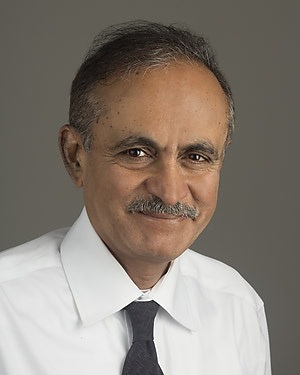
Matcheri Keshavan, MD
A smartphone app for monitoring symptoms and digital phenotyping among people with schizophrenia was found to be feasible and acceptable in a global study of patients from the United States and India, according to results published in Digital Health.
“… Access to effective care for people with schizophrenia remains limited in all countries and especially in low- and middle-income countries,” the researchers wrote. “Given that early interventions can be effective and change the lifelong trajectory of the illness, efforts to provide scalable and accessible care for schizophrenia are a global mental health priority. Digital health technologies, especially smartphones, represent one promising approach toward offering such scalable and accessible care.”
Existing research demonstrates an interest in, and openness to, the use of smartphones as a tool for recovery among patients with schizophrenia, according to Matcheri Keshavan, MD, and colleagues. The researchers also highlighted evidence showing that smartphones can provide evidence-based resources, such as psychoeducation and therapeutic tools, and can be used to monitor recovery as well as risk for relapse via digital phenotyping.
Dr. Keshavan and colleagues examined the use of a smartphone app for analyzing clinical and functional data from individuals with schizophrenia. Researchers recruited 60 participants (mean age, 30.62; 50% female) from three sites, one in the US and two in India.
Digital Approach Appears Scalable, With Ability to Generate Novel Data
Of the 60 participants who completed the first study visit, 53 also completed the first-follow up visit and were the only individuals included in subsequent analyses (mean age, 31; 50% female). Psychotic symptom severity was mild across participants at the three sites, while cognitive function was highest for participants at the US site.
The total number of activities per day was 8.8, with no significant differences in activities completed across the three sites. The mean number of activities related to tips and relaxation finished per month varied significantly between study sites; US participants completed the most relaxation activities and Indian participants finished the most activities related to learning tips.
Data quality did not vary significantly between sites, and the researchers were able to obtain at least 50% of the average anticipated GPS data points for all sites.
“These findings suggest that international research using the digital phenotyping methods is practical, both feasible and acceptable, and can generate novel data,” Dr. Keshavan and colleagues wrote. “With increasing access and use of smartphones across most settings globally, the use of digital phenotyping is also potentially scalable across different populations.”
Additional analysis of both long-term engagement with the app and its clinical utility are needed, according to the study team.
“Our study was limited by a small sample size and the impact of COVID-19,” the researchers wrote. “However, trends in smartphone use in India and the United States suggest that such a tool may be scalable to low-middle income countries to meet burgeoning needs for mental health services as an adjuvant to clinical care.”

